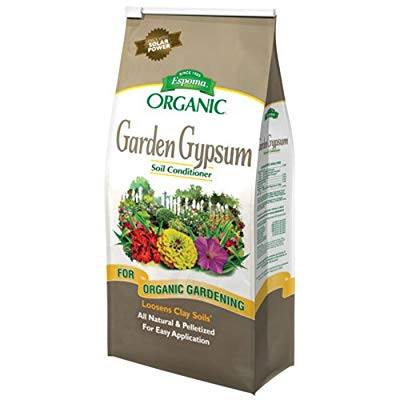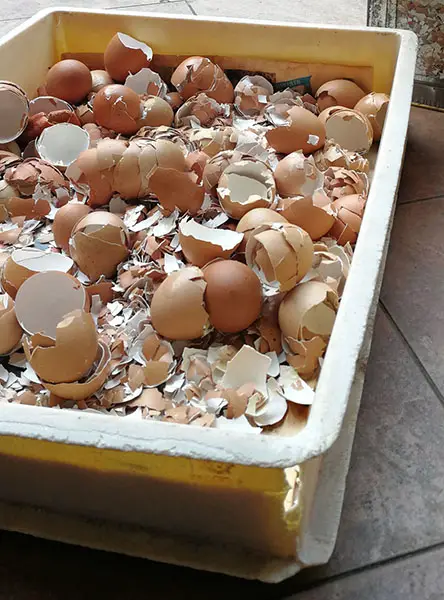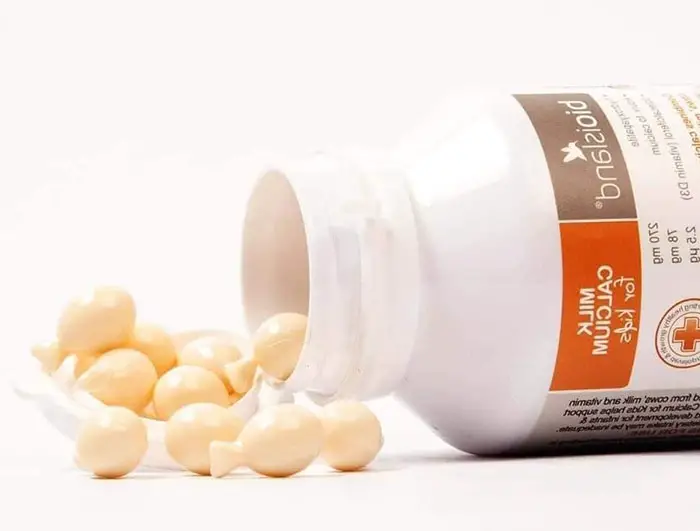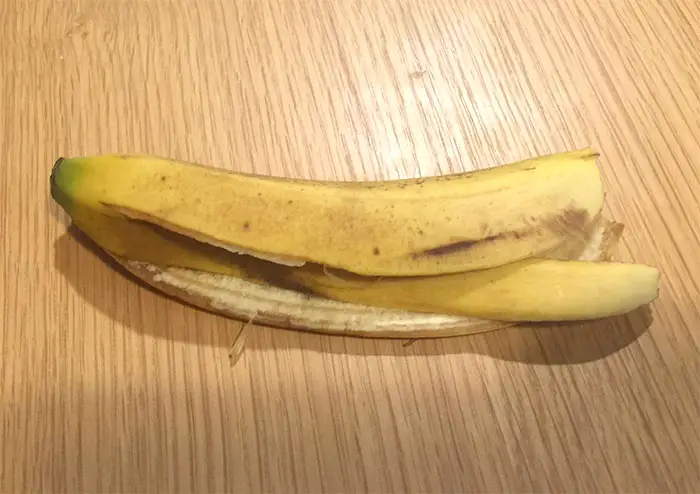Calcium is an indispensable element for the growth of plants. Due to the development of agriculture and the change of farmers’ concepts, calcium fertilizers are becoming more common. Their use keeps on increasing.
More and more gardeners and farmers have questions since many calcium fertilizers are on the market. How can you choose the right one for your plants? How to use calcium fertilizer, is the effect going to be good?
I am here trying to analyze the effects of calcium on plants, the symptoms caused by calcium deficiency, and how to supplement calcium scientifically.
Important of Calcium for Plants
Everyone knows what calcium is. But very few people know what it does in the garden to increase plant growth. It can actually help to keep your plants free from pests and diseases.
In my opinion, calcium has more importance in the garden than it does in the human body. Don’t get me wrong. Calcium is great in the body, but plants need more calcium than humans do.
This is because of the cell structure of animals and humans. We don’t need rigid cells because we’re movable, and we get our energy from the food we eat.
For plants, they get their energy from the sun. Which means they’re living under solar. Otherwise, they will not be able to straighten out, and they will be drooping.
They cannot generate as much energy as humans do. That means plants that have more calcium are going to be stronger and more rigid. They will be able to generate more energy from the sun, and they will be stronger and thicker where pests won’t be able to penetrate the leaves with their small teeth. As a result, pests like whiteflies and aphids won’t bother your plants too much.
In the 1960s, scientists started studying the benefits of calcium on plants because they found that calcium was abundant in certain soils and lacking in others.
They experimented with the soil, fertilizing the same nitrogen, phosphorus, potassium, and other minerals on two different lands. One land is riched with calcium, and the other one is not.
They found that the land riched with calcium yields plant growth of 300% compared to the other land with insufficient calcium.
Calcium Can Get Depleted
Calcium is a naturally occurring element found in all living things. However, it does become depleted over time. If you didn’t give your plant all forms of calcium, your plants might stop growing after some time.
Your plant needs calcium as its building different materials that hold the plant together. So when your plant has a calcium deficiency, its materials may stop half-built.
Calcium can be found in compost, worm, lime, gypsum, eggshells, and milk. If you put these ingredients in your soil, your plants will have the calcium they can take to help their growth.
If the calcium is there in the soil, your plant can readily take it as much as it needs. This means instead of waiting on calcium. It will wait for nitrogen, phosphorus, potassium, or other micronutrients. This means if you have nutritious soil that is very fertile and does not lack calcium and other minerals, your plant will grow faster.
Don’t Neglect on Calcium
Some gardeners are completely tossing calcium off the wayside and think it’s just a little micronutrient that’s not that important for their plants.
Well, they are wrong. Calcium may be a micronutrient, but it has macro effects on the success of your garden. Solely for its role, sure, it might only make up about 4.5% of all living things, but that 4.5% can be the most important parts of the plant.
Because without a structure for that leaf to hold itself up, it’s not as efficient, and your plants will grow less because it cannot generate enough energy and sugars through photosynthesis from the sun.
Another thing is when it can have all the available calcium, it actually is more pest resistant. Which means there is less pest pressure on your plants.
Prevent Blossom-End Rot
Another thing is when you add calcium to your soil, it can help to prevent blossom-end rot.
Many gardeners have great soil, but over time the calcium got depleted. This is because they didn’t amend their soil by using things like compost or fertilizer. Compost or fertilizer are inexpensive, and they can provide enough calcium to your soil.
Most of the time, it is not macronutrient deficiencies that cause plant issues in your garden, but it’s calcium deficiencies that slow your plant down. If your plant is having calcium deficiency, your plants will start to grow slowly. They are waiting for calcium even though you may have lots of other nutrients in the soil.
Scientists have found that when you have about 5% of organic matter in your soil, organic matter will provide enough nitrogen to your plant.
The Fastest Way To Add Calcium To Soil
There are many gardeners applying calcium to the plants at different points of the year. It’s okay if you can tell when your plant needs it.
But, you should apply ahead of it. What I mean is that you can put the calcium in the soil before the plant needs it. If you put in ahead, then there’s no waiting process for plant growing.
Because to know the plant needs the calcium, it has to show some signs of stress like the growing process is slowing down, or it does not blossom the way it should. If we put the calcium halfway during the plant growth, we will not be able to tell whether the plant has enough calcium or not.
The miracle of calcium is amazing. It has changed our garden for the better. It has made all the difference, and I can safely say that calcium is one of the most important nutrients for the plant.
If you want a healthier and pest-free garden that is fast-growing and quick to mature to provide food for your family, you need to put calcium in your soil.
You don’t have to worry about calcium unless you’re adding things like lime that can increase the pH of the soil and make it too alkaline.
You can provide up to 10% of your fertilizing, being just a calcium source, and your plants will not get hurt at all. It is different from other nutrients like nitrogen, phosphorus, or potassium that can actually burn your plant if you put them too much in your soil.
Calcium is a very stable element that doesn’t have over-enriching properties as nitrogen does.
What you need to know is that calcium does take a while to break down. You should put it in the beginning because if you put eggshells in the garden. They won’t be immediately having calcium available. You will need to wait until late summer or next year because they take around two years to break down.
What is the Best Source of Calcium for Plants?
Gypsum
Among all sources of calcium, the one that I use the most would be gypsum. Gypsum is a fertilizer that is high in calcium. One best thing about gypsum are it is neither alkaline nor acidic. It is neutral in nature.
Therefore, I do not have to worry it will make my soil too alkaline or too acidic. It is kind of safe for me to use it. For your information, gypsum is the material that is used to made tofu as well.
You may grab a bag of gypsum, then direct sprinkle them on the surface of the soil. Or you can mix it in water and then pour it into the soil.
If you are afraid of your gypsum being blown away by the wind, you can use a shovel to mix it with soil. Whenever you water your plant, the gypsum will penetrate the soil and be absorbed by the roots.
Eggshells
Eggshells are rich in calcium. If you are adding it to your plants, it can really help enrich your soil with calcium without affecting the pH of your soil.
You can directly mash the eggshells and bury them in the soil. But if you want them to work faster, you can cook and turn them into eggshell soup. Then water the plants with the soup. Your plant will be able to absorb it easily.
To make the eggshell soup, you can boil 5 eggshells in about 1 liter of water for a few minutes and then leave them overnight. Drain the eggshells the next day, and the eggshell soup is ready to be used to water the plants.
You can also dissolve the eggshells in warm vinegar to achieve supersaturation. Then dilute the solution with water. You can use it as a soil drench around the plants.
However, it would help if you were careful when you use this solution. Remember not to apply it to the leaves as it will burn them.
Expired Calcium or Iron Tablets
You can definitely use expired calcium tablets to grow plants, and the effect is quite good. Calcium is one of the essential nutrient elements in the growth and development of internal cells in plants and the formation of chromosomes.
The expired calcium tablets can be crushed directly and then buried in the soil as a base fertilizer. You need to pay attention to the dosage when using it. Generally, the dosage for medium-sized flowerpots should not exceed 5 pieces.
You can also crush the calcium tablets and mix them with clean water at a ratio of 1:100 and then irrigate them on the soil’s surface or the surface of the leaves for the effect of supplementing fertilizer outside the roots. It is recommended to do it once a week.
Calcium tablets can also be used as a nutrient for hydroponic plants, which I have tried myself. And it is also a beneficial method.
After the calcium tablets are mashed, add water and stir. When they are dissolved, they can be used as a substrate for hydroponic plants, which can speed up the growth of plants.
Lime
If you use chemical fertilizers all year-round, it can lead to soil acidification and compaction.
In this case, a large amount of calcium in the soil is absorbed and fixed into a stable chemical state, which plants cannot absorb and cause calcium deficiency. This is commonly happening in the process of growing vegetables in greenhouses.
Because of this situation, we should choose lime as calcium supplementation. You can spread lime to the soil as it will add calcium to the soil and improve the acid-base balance of the soil as well.
In addition, it will also increase the content of effective calcium in the soil, which will help reduce the occurrence of calcium deficiency.
Banana Peel
Banana peel contains minerals and nutrients, such as phosphorus, calcium, magnesium, manganese, etc.
You can easily obtain banana peels from daily life. After eating bananas, don’t throw away the peels.
You can keep the banana peels and soak them in water for 2-3 days. Then use this water to spray or water the plants. The ratio is 1 normal-sized of banana peel to about 1 liter of water.
Is Milk a Good Source of Calcium for Plants?
Many people love to consume milk because it can provide the necessary calcium for them. In addition, milk is rich in nutrients and protein. But will it provide calcium to plants as well? Let’s take a look at the following:
- Protein is of no use and cannot be absorbed by plants. The nitrogen in this protein needs to be broken down into small molecules before being absorbed by the plants.
- Milk can indeed increase soil organic matter, but the process of decay and fermentation will also attract a lot of bugs and pests.
- Watering with milk will change the osmotic pressure of the soil and cause problems with root absorption.
If you really like to make milk your homemade organic fertilizer, please ferment them completely before giving them to plants.







